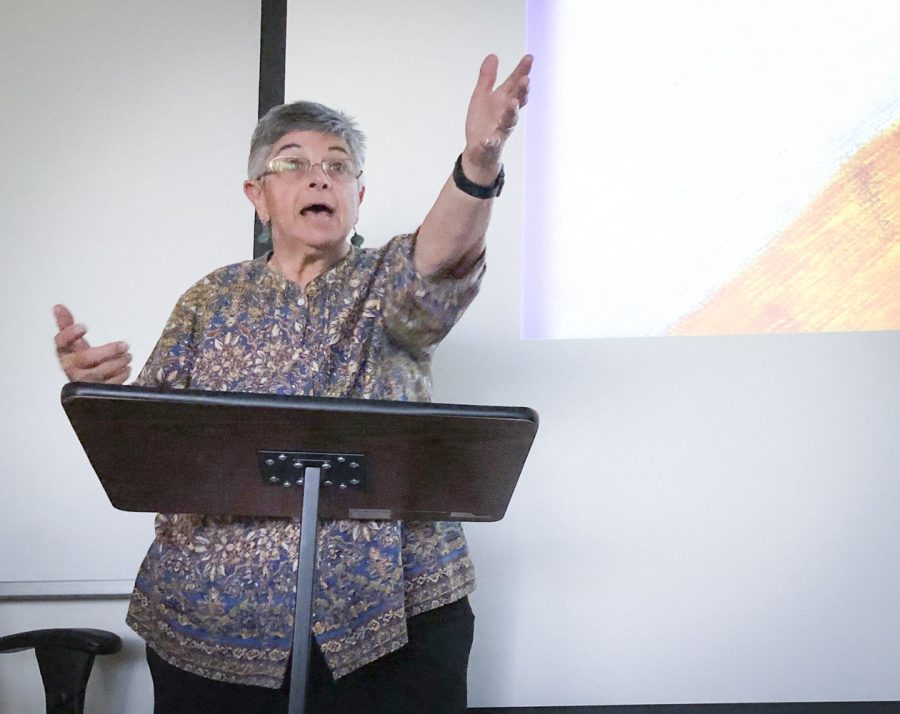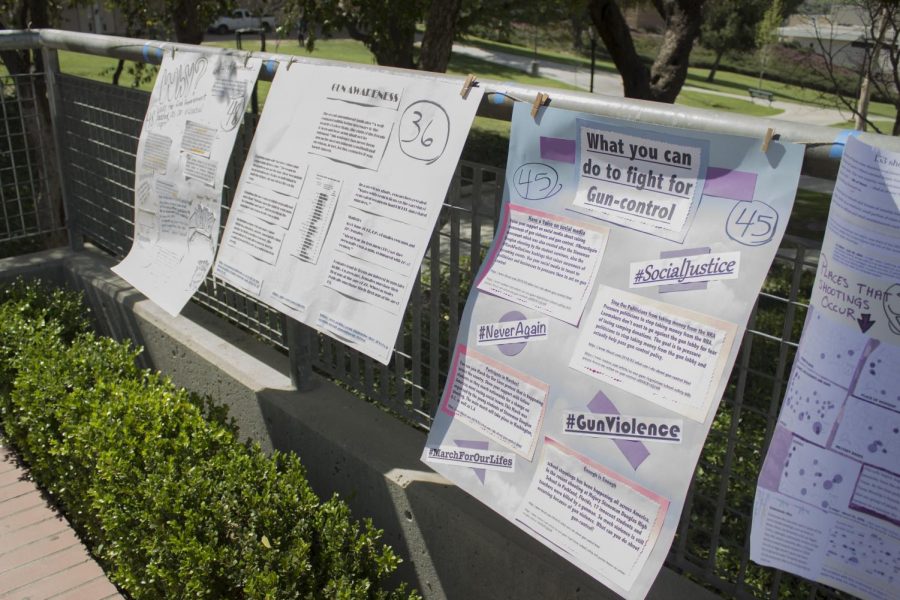Although the passage of Proposition 30 may have temporarily averted a fiscal catastrophe, more cuts could still be on the horizon for Moorpark College. That possibility will become a certainty if we don’t see some reform in Sacramento.
Budget cuts are nothing new to Moorpark College. Since 2008 the state has reduced funding for higher education by $2.65 billion, according to the California Department of Finance. This translates to $5.4 million in cuts for Moorpark College between fiscal years 2009 and 2013, and we would have seen another $4.5 million gone in FY14 if not for the success of Prop 30.
It is important to note however, that Prop 30’s approval will not garner any new revenue; rather it merely curbs further austerity aimed at education.
“There seems to be a misconception about the availability of funds because of the passage of Prop 30,” said Professor Michael Walegur. “That doesn’t mean that there’s more funding available, that just means that money that had already been counted on is available to be spent.”
This is a crucial point to keep in mind when looking ahead at our budget for the next fiscal year, FY14. Moorpark College President Dr. Pam Eddinger released a statement soon after the election that clearly dipicts the reality of the situation.
“While there will be no drastic budget reductions, there is no “new” money for the restoration of classes, personnel, or operations cut during prior years. We will absorb any cost increases, such as, “step-and-column” adjustments, and health and welfare benefits internally,” Eddinger said.
The trouble with operating on a flat budget is that costs tend to rise from the previous year. “Step-and column” for instance refers to a schedule of increases in teachers’ salaries. After X amount of years, his or her salary increases Y amount. There is also cost of living and inflation to consider. In a budget presentation last August, Vice President of Business Services Iris Ingram accounts for $3 million in inflationary costs for FY14 alone. All of these expenditures will be, as Dr. Eddinger mentioned, absorbed internally.
This could mean contracted class schedules, fewer student services and ultimately lead to higher tuition. The diminished availability of classes means it may take students five or six years to graduate instead of four. Higher tuition could reduce accessibility to students from working-class families and force more student loans. This will surely impact the already strained financial aid and grant systems.
Moorpark College’s administration is trying their hardest to mitigate the effects of the cuts. They will undoubtedly keep cuts as far from the classroom for as long as possible and make core academic classes the top priority. The administrators here at Moorpark are dedicated and intelligent individuals who are doing the best they can with what they’ve got. The problem is what they’ve got is getting to be less and less every year. That problem must be fixed at the state level.
The fact is that California Community Colleges compose the largest higher education institution in the world with 72 districts, 112 campuses and 71 education centers.
However, California currently spends more on prisons than it does on our colleges, according to a study by a non-partisan policy group California Common Sense. That statistic raises an interesting question: Would the legislators of California prefer their youth in college or in a prison?





